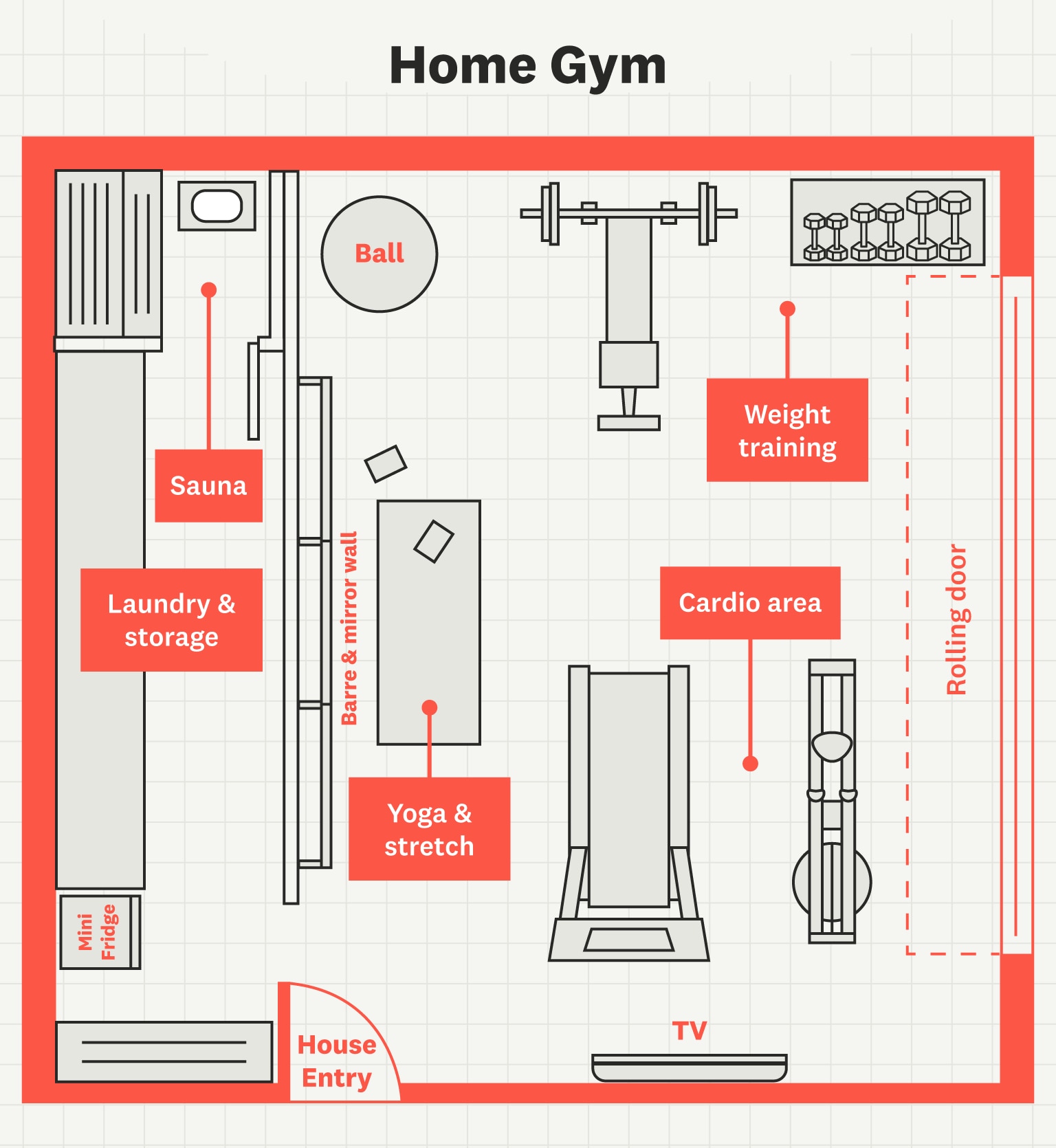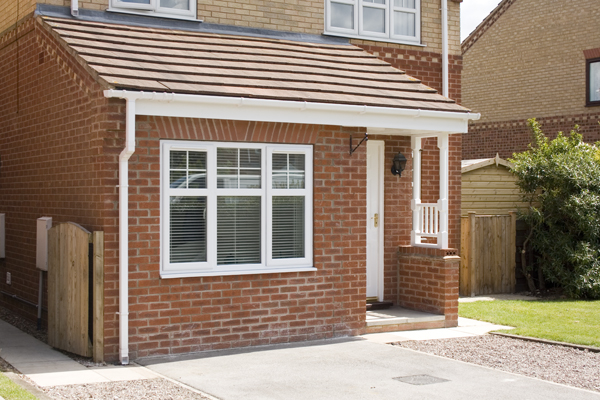
When you need to replace your garage door, there are a number of considerations. Not only is the size of the opening important, but so are some other things.
Selecting Your New Garage Door
The first step is to determine what material you're going to use for the frames. Frames can be made from wood or PVC, but vinyl and vinyl are also options. The thickness of these materials will make a big difference in the size of your finished opening, so you'll want to decide this before you start any carpentry work.
You'll need to choose the style of door, springs, and tracks for your garage doors. Torsion springs distribute the door's weight evenly and can be chosen from either extension or torsion. Torsion springs can be more difficult than extension springs to install, but offer more height options and are better suited for heavy or extra-wide doors.
Steel is the standard material for most residential doors, although wood is now making a comeback as an option for some homeowners. You can have garage doors that are insulated. This will help to lower your energy costs and decrease noise.

A steel door's outer skin is typically made of thick-gauge steel. The core is typically made from a lighter gauge material like polystyrene and polyurethane. The "sandwich" of these two materials is what gives a steel door its strength and insulation.
Some models can be insulated with foam while others are made of polyurethane. Polyurethane is known to reduce noise and improve efficiency. The R-value of your model should be appropriate to your region's climate.
Raised Panel Design
Raise panels can add depth to an old garage door. These doors come in short or long panel options. To create a distinct appearance, they have a recessed edge and bring the interior of each panel slightly forward.
These doors can be insulated with High-R Value Polyurethane (Polystyrene), insulation or polystyrene. This provides superior performance and superior weather protection.
GOLD commercial sectional doors combine the beauty of wooden stiles and rail doors with a 3-layer insulated Steel construction to provide reliable performance. These doors can be ordered with a wide range of colors and come standard with Intellicore(r), a high-R value polyurethane or styrene insulation.

Green Construction
These garage doors are CFC- and HCFC -free polyurethane foam. They are made using recycled steel, packaging materials, and other recyclable materials. These doors are durable and energy efficient, making them the perfect choice for your industrial or business building.
Our 10x10 garagedoor is ideal for commercial buildings, storage sheds and post frame buildings. It is built in the U.S.A and offers reliable construction with long-lasting performance. It comes in many colors and styles to match your home, including painted and solid wood. You can also add style to your home by adding a decorative panel to the frame or a window design.
FAQ
How can I tell if my home needs to be renovated or remodelled?
First, look at how recent your home has been renovated. If you haven't seen any updates for a few years, it may be time to consider a renovation. If your home appears brand-new, you might consider a renovation.
You should also check the condition of your home. You should inspect your home for holes, peeling wallpaper, and broken tiles. However, if your home looks great, then maybe it's time to consider a remodel.
Also, consider the general condition of your property. Are the structural integrity and aesthetics of your home? Do the rooms look good? Are the floors spotless? These are vital questions to ask when you decide which type of renovation should be done.
How long does it typically take to renovate a bathroom?
A bathroom remodel typically takes around two weeks. However, this varies greatly depending on the size of the project. Smaller jobs, such as adding a shower stall or installing a vanity, can be completed in a day or two. Larger jobs like removing walls or installing tile floors and plumbing fixtures can take several hours.
It is a good rule to allow for three days per room. If you have four bathrooms, then you'd need 12 days.
What should I do with my current cabinets?
It depends on whether you're considering selling your home or renting it out. If you're planning to sell, you'll probably want to remove and refinish the cabinets. This gives buyers an impression of brand new cabinets, and it helps them imagine their kitchens after they move in.
You should not put the cabinets in your rental house. Many tenants complain about cleaning up after their previous tenants, including greasy fingerprints and dirty dishes.
To make the cabinets look better, you can paint them. It is important to use a high quality primer and paint. Low-quality paints may crack over time.
What is the cost of tile for a shower?
If you're going to do it yourself, you might as well go big. Full bathroom remodels are an investment. However, quality fixtures and materials are worth the long-term investment when you consider how beautiful a space will be for many years.
The right tiles can make all the difference in how your space looks and feels. This guide will help you select the right tiles for your project, no matter how small or large.
First, decide which type of flooring you'd like to install. You have many choices: ceramics, natural wood, stone, porcelain and even stone. Select a style, such as classic subway tiles or geometric patterns. Finally, pick a color palette.
You'll probably want to match the tile to the rest of the room for a large bathroom remodeling job. For example, you might opt for white subway tile in your kitchen or bath and choose darker colors elsewhere.
Next, calculate the project's size. Do you think it is time to remodel a small powder-room? Would you prefer to add a walk in closet to your master bedroom?
Once you have determined the scope of your project, go to local shops and look at samples. This way, you can get a feel for the product and its installation techniques.
Online shopping is a great way to save on porcelain tiles and ceramics. Many retailers offer free shipping or discounts on bulk orders.
What is included in a full-scale kitchen remodel?
A full kitchen remodels more than just a new sink and faucet. You will also need cabinets, countertops and appliances as well as lighting fixtures, flooring, plumbing fixtures, and other items.
Homeowners can remodel their kitchens completely without needing to do major work. This allows the homeowner to update their kitchens without having to demolish any existing structures, making it easier for the contractor as well.
There are many services that can be done to your kitchen, including plumbing, electrical, HVAC, painting, and carpentry. Depending on how extensive your kitchen renovation is, you may need multiple contractors.
A team of professionals is the best way to ensure that a kitchen remodel runs smoothly. Many moving parts can cause delays in kitchen remodels. DIY projects can cause delays so make sure you have a backup plan.
What is the difference between building a new home and gutting a current one?
Gutting a home removes everything inside a building, including walls, floors, ceilings, plumbing, electrical wiring, appliances, fixtures, etc. It's usually done when you're moving into a new place and want to make some changes before you move in. It is often very costly to gut a home because of all the work involved. Depending on your job, the average cost to gut a home can run from $10,000 to $20,000.
A builder builds a home by building a house frame-by-frame, then adds doors, windows, doors and cabinets to the walls. This is usually done after buying a lot of lands. Building a home is normally much less expensive than gutting, costing around $15,000-$30,000.
It really depends on your plans for the space. You'll likely need to spend more money if you want to gut a property. If you're building your home, however, you don't have to tear everything down and start over. You can build it the way you want it instead of waiting for someone else to come in and tear everything up.
Statistics
- $320,976Additional home value: $152,996Return on investment: 48%Mid-range average cost: $156,741Additional home value: $85,672Return on investment: (rocketmortgage.com)
- About 33 percent of people report renovating their primary bedroom to increase livability and overall function. (rocketmortgage.com)
- 55%Universal average cost: $38,813Additional home value: $22,475Return on investment: 58%Mid-range average cost: $24,424Additional home value: $14,671Return on investment: (rocketmortgage.com)
- Following the effects of COVID-19, homeowners spent 48% less on their renovation costs than before the pandemic 1 2 (rocketmortgage.com)
- Windows 3 – 4% Patio or backyard 2 – 5% (rocketmortgage.com)
External Links
How To
A building permit is required for home remodeling.
You must do your research before you start renovating your home. Building permits are required for any construction project involving changes to your property's exterior walls. This covers adding on, remodeling, or replacing windows.
If you decide to renovate your home, but without a permit from the building department, there may be severe consequences. You could be subject to fines and even legal action if you cause injury during renovation.
Most states require all people working on residential structures to have a building permit. Many cities and counties also require homeowners who are interested in building a home to apply for one before they can begin construction.
Most building permits are issued by local government agencies such as the county courthouse, city hall, and town hall. You can also obtain them online or by calling.
It would be better to obtain a building permit. It ensures that the project is compliant with local safety standards as well as fire codes and structural integrity requirements.
A building inspector, for instance will verify that the structure complies with current building code requirements.
Inspectors will also ensure that the deck's planks can support the weight of whatever is being placed upon them. Inspectors will also examine the structure for cracks, water damage and other problems.
Contractors may begin work on renovations once the permit has been approved. Contractors who fail to get the permits could face fines or even arrest.